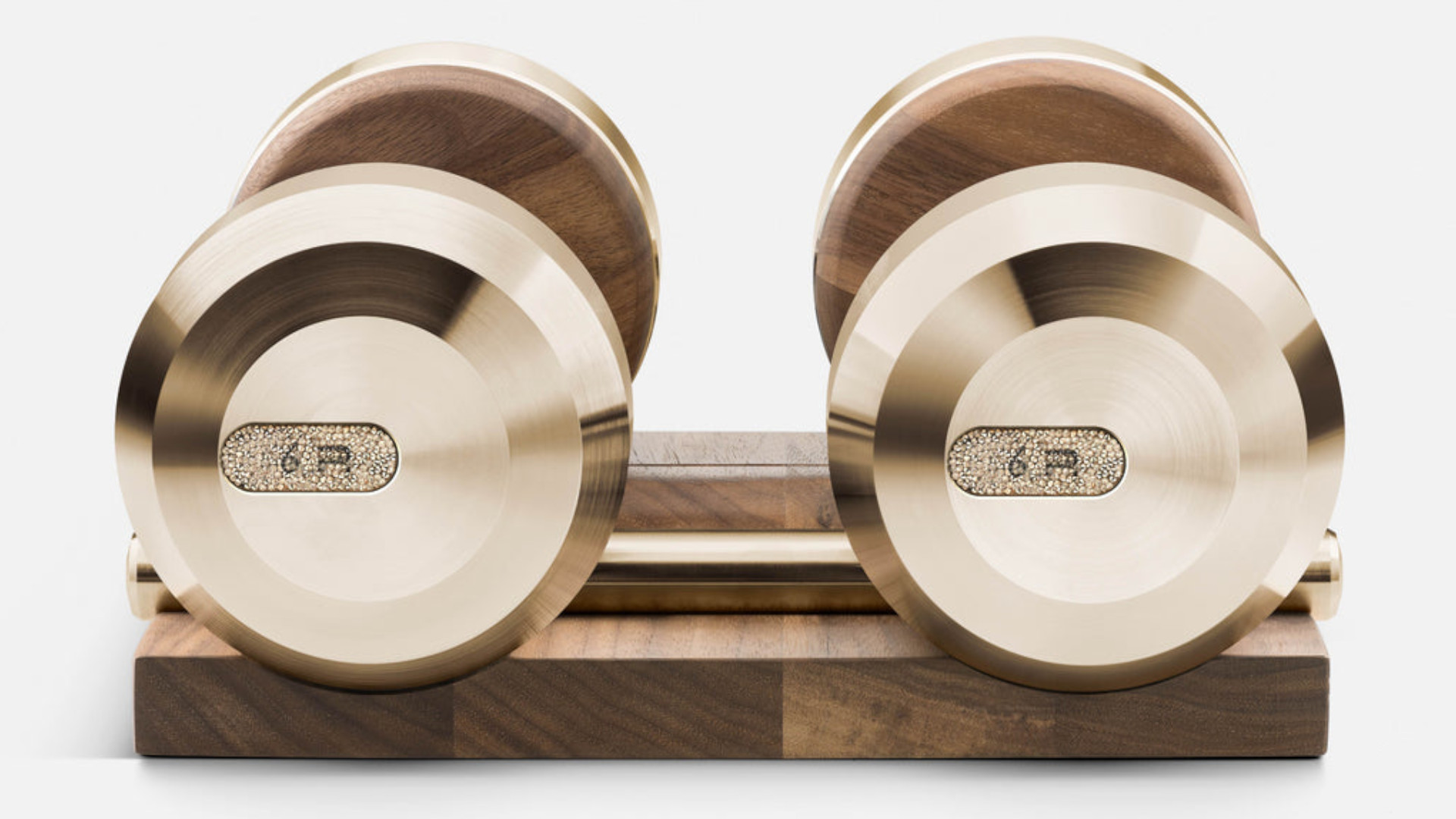Active
The latest Active breaking news, comment, reviews and features from the experts at T3
Explore Active
-

Best pop up tent 2025: quick-pitch shelters for stress-free camping
The best pop up tents provide instant shelter on the beach, campsite or at a festival
By Matt Kollat Last updated
-

Best outdoor watch 2025: rugged timepieces for adventurers
Explore the best outdoor watches designed for hikers, climbers, and explorers, combining durability, functionality, and style
By Matt Kollat Last updated
-

Best running headphones 2025: stay in the zone with these sweatproof picks
Experience your runs like never before with the best running headphones, offering unbeatable sound, secure fits, and sweatproof designs to keep you moving to the beat
By Matt Kollat Last updated
-

Best camping bed 2025: sleep soundly anywhere
Sleeping outdoors doesn't have to be uncomfortable – the best camping beds help you enjoy a sound, restful night's sleep
By Matt Kollat Last updated
-

Best triathlon watch 2025 to track your swims, cycles and runs more accurately
I've tested the best triathlon watches of 2025 from Garmin, Polar, Suunto and Coros that helped me improve performance and recovery every step of the way
By Matt Kollat Last updated
-
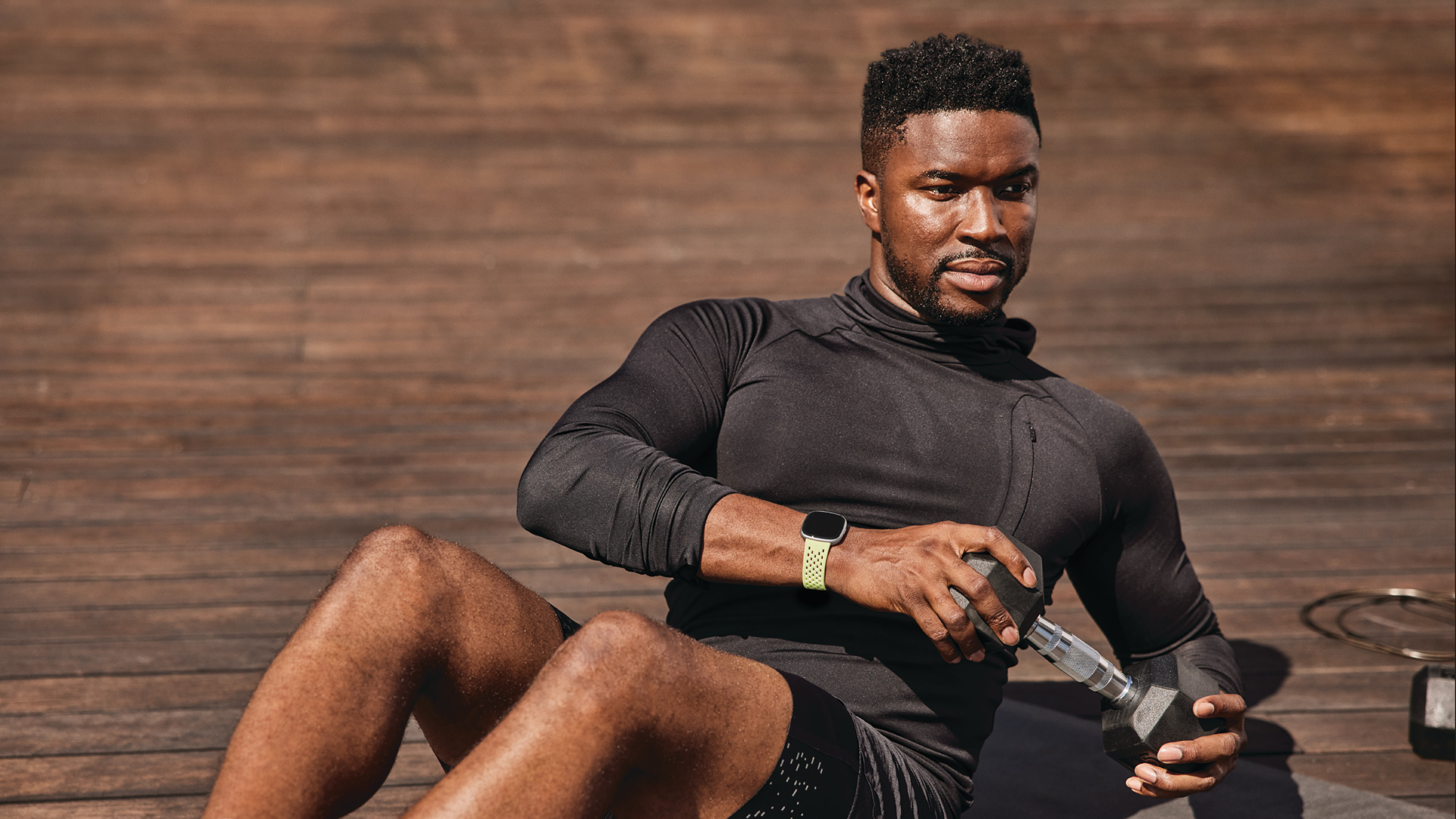
The best gadgets that work with Google Fit 2025
Make the most of the free health app by using the best gadgets that work with Google Fit
By Matt Kollat Last updated
-

Best camping mat 2025: inflatable and foam sleeping pads ranked
We select the best camping mats for every occasion, from self-inflating pads to cheap and cheerful roll mats
By Matt Kollat Last updated
-

66°North Trail Running Collection is a love letter to rugged landscapes
Meet the windbreaker with more engineering than some tents
By Matt Kollat Published
-

Best wellies for men 2025: waterproof boots for hiking, walking, and festivals
Find the best wellies for protecting your feet in any weather and during all kinds of activities
By Matt Kollat Last updated
-
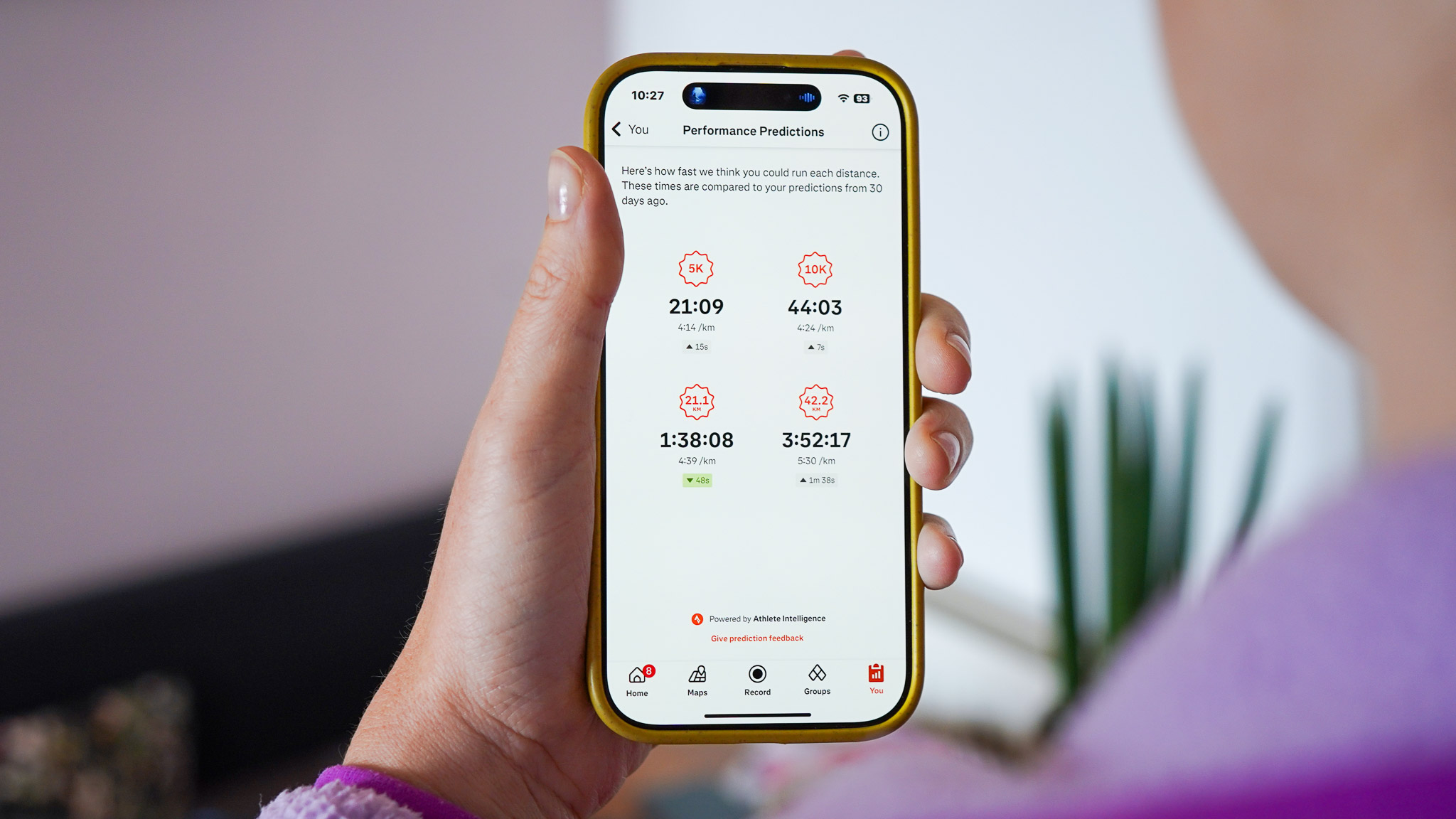
Strava takes aim at Garmin with a race-time prediction tool built for real runners
Performance Predictions offers dynamic, personalised estimates for 5K to marathon distances, and it’s live now for subscribers
By Matt Kollat Published
-
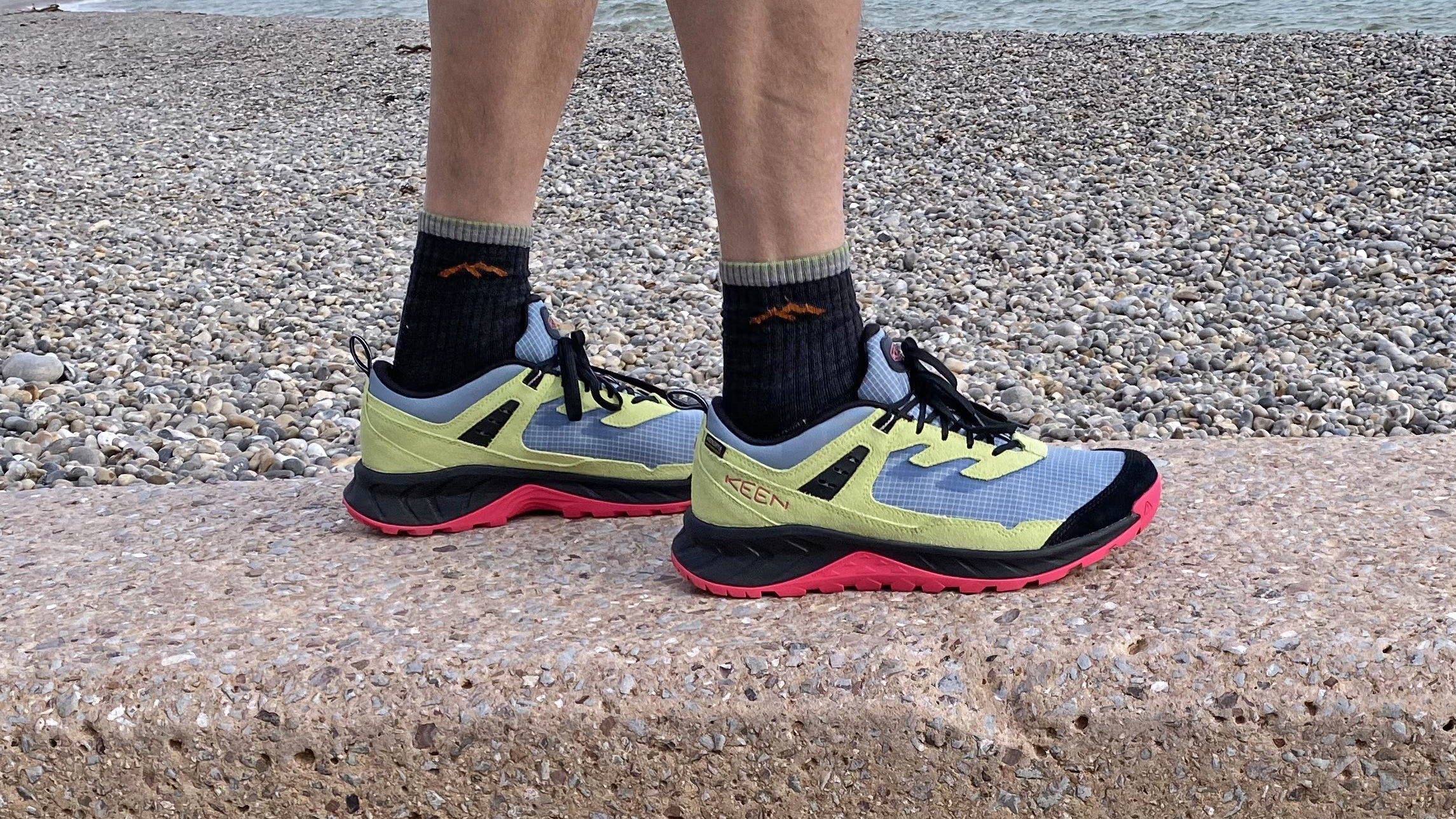
Keen Hightrail EXP Waterproof Hiking Shoes review: grippy, slipper-comfy hiking hooves for 3-season saunters on the wildside
Lightweight, robust and waterproof walking shoes for all-conditions clambering, scrambling and trekking escapades (just don’t aim too high)
By Pat Kinsella Published
-
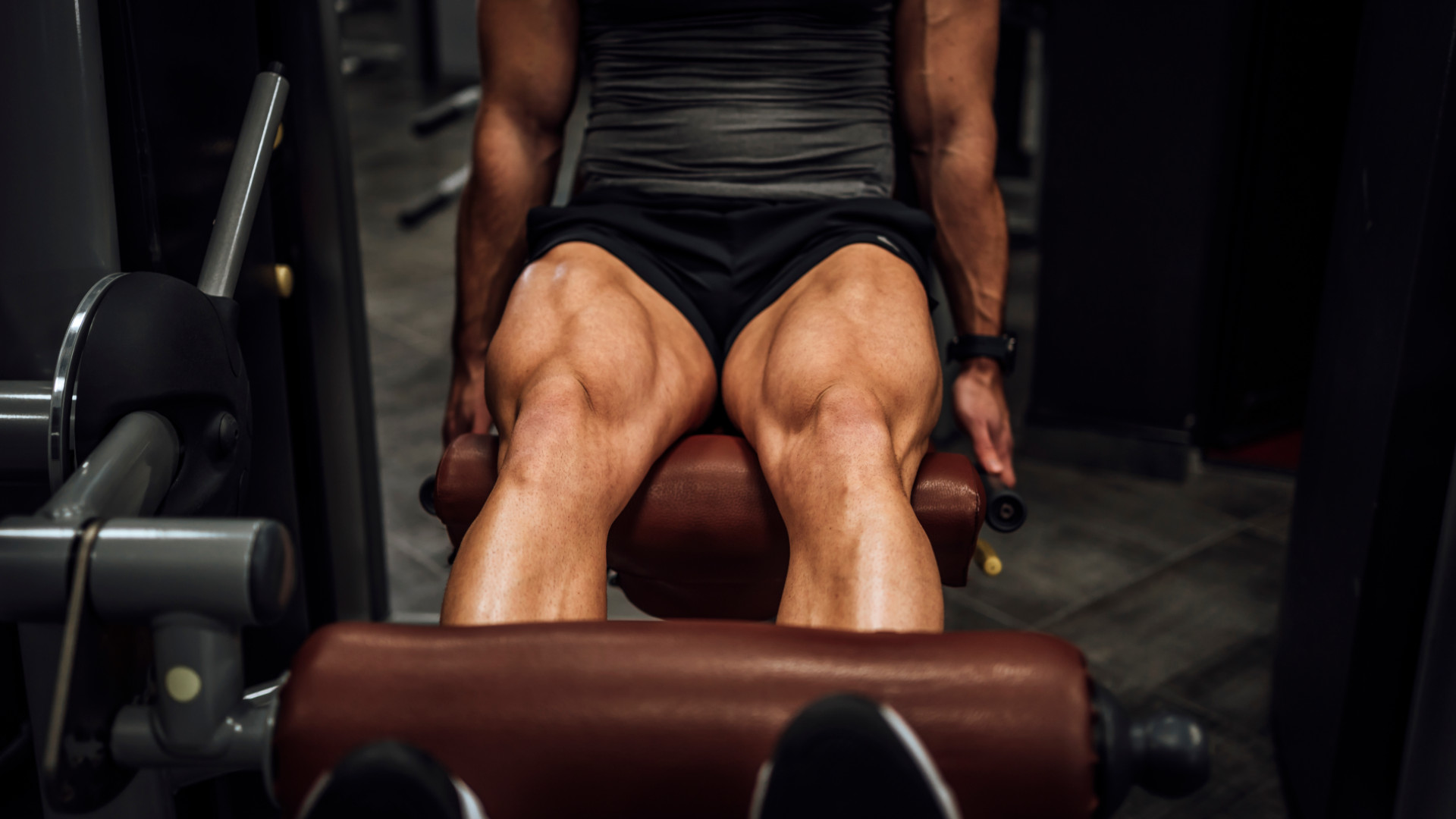
Five must-do quad exercises for stronger, muscular legs
Add these to your workout if you want to take your quads from pins to powerhouses
By Bryony Firth-Bernard Published
-
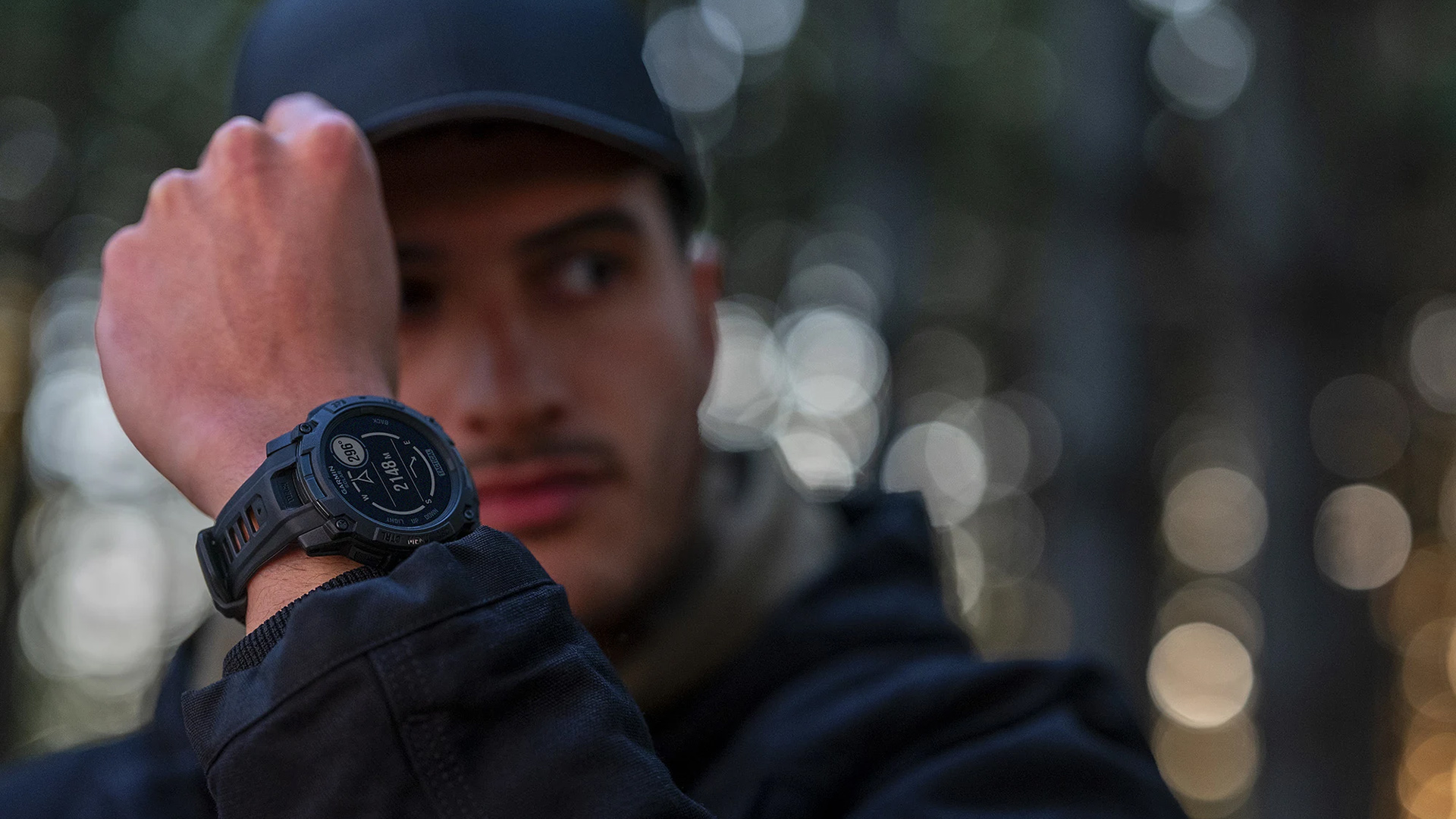
Garmin turned its affordable outdoor watch into an army-ready beast
The Instinct 3 Tactical Edition brings serious military-grade features to Garmin’s rough-and-ready smartwatch range
By Matt Kollat Published
-

5 top tricep exercises, according to an exercise scientist
Add muscle and mass to your arms to fill out those t-shirt sleeves with these five exercises
By Bryony Firth-Bernard Published
-

Adidas' $500 race shoe might just win your next marathon for you
The brand unveils the Adizero Adios Pro Evo 2, the second iteration of the precision-engineered, limited-edition weapon for elite road runners
By Matt Kollat Published
-

6 offbeat products from premium outdoor and fitness labels you didn't know existed
Who would have thought these products existed?
By Matt Kollat Published
-
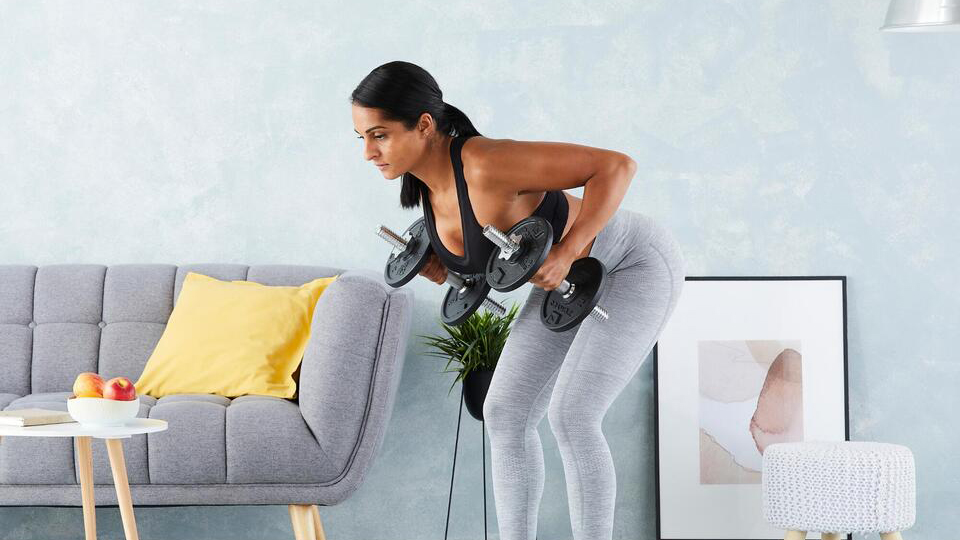
Best adjustable dumbbell 2025 for big workouts in small home gyms
Pump iron and save space in your home gym with the best adjustable dumbbells
By Bryony Firth-Bernard Last updated
-

Best elliptical trainer 2025 for a joint-friendly full-body workout at home
The best elliptical trainers for limb-twitching, cardio-pumping workouts at home
By Bryony Firth-Bernard Last updated
-
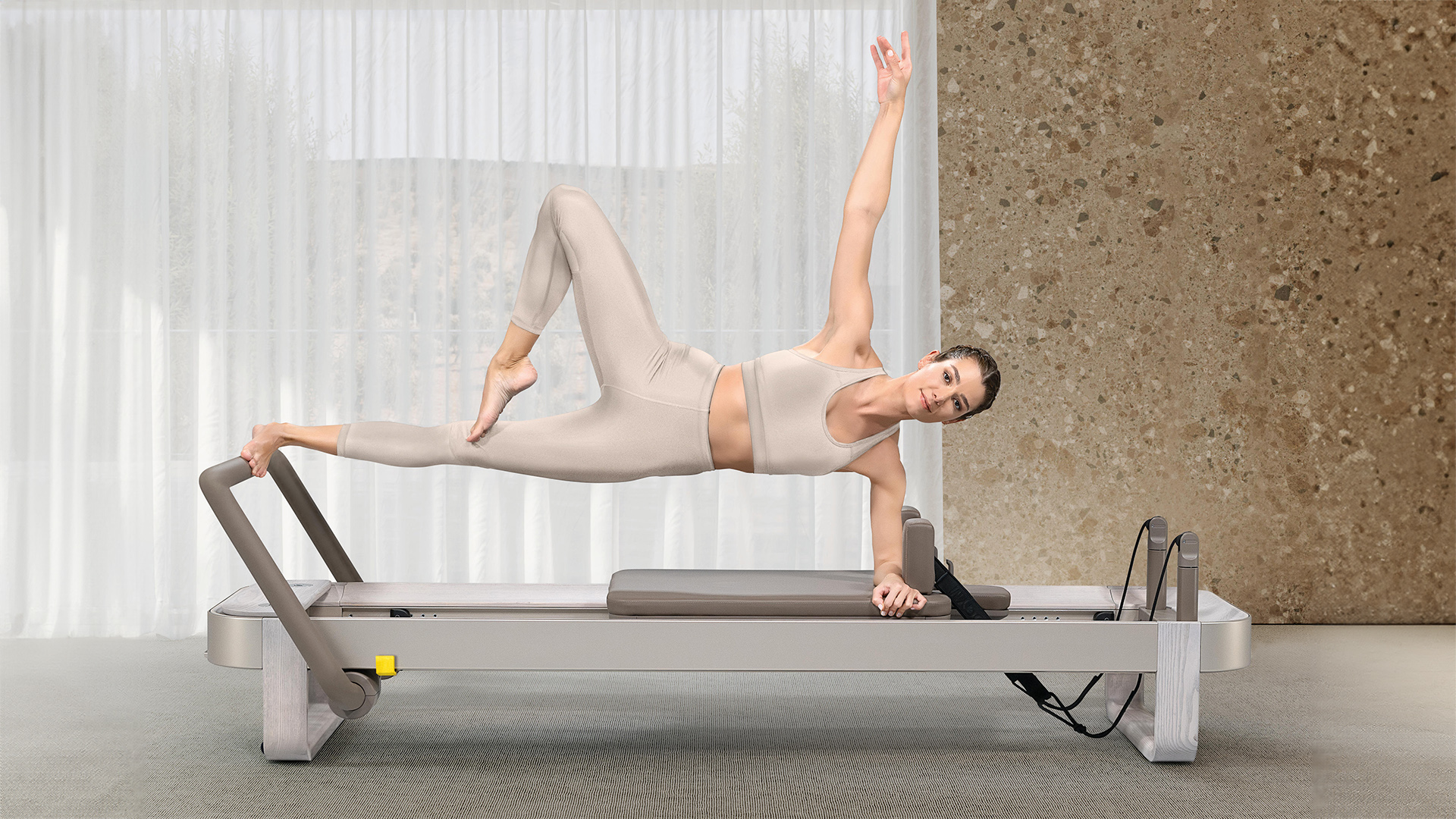
Technogym brings its signature touch of luxury to Pilates with latest home gym equipment launch
They've also introduced a new premium line of strength equipment and cardio kit
By Bryony Firth-Bernard Published
-

This bodyweight EMOM workout cranks up your metabolism and builds muscle endurance
20 minutes and a little grit is all you need
By Bryony Firth-Bernard Published
-

Garmin has switched on its new heart feature on certain smartwatches
The wearable brand rolls out ECG in the UK and Switzerland
By Matt Kollat Published
-
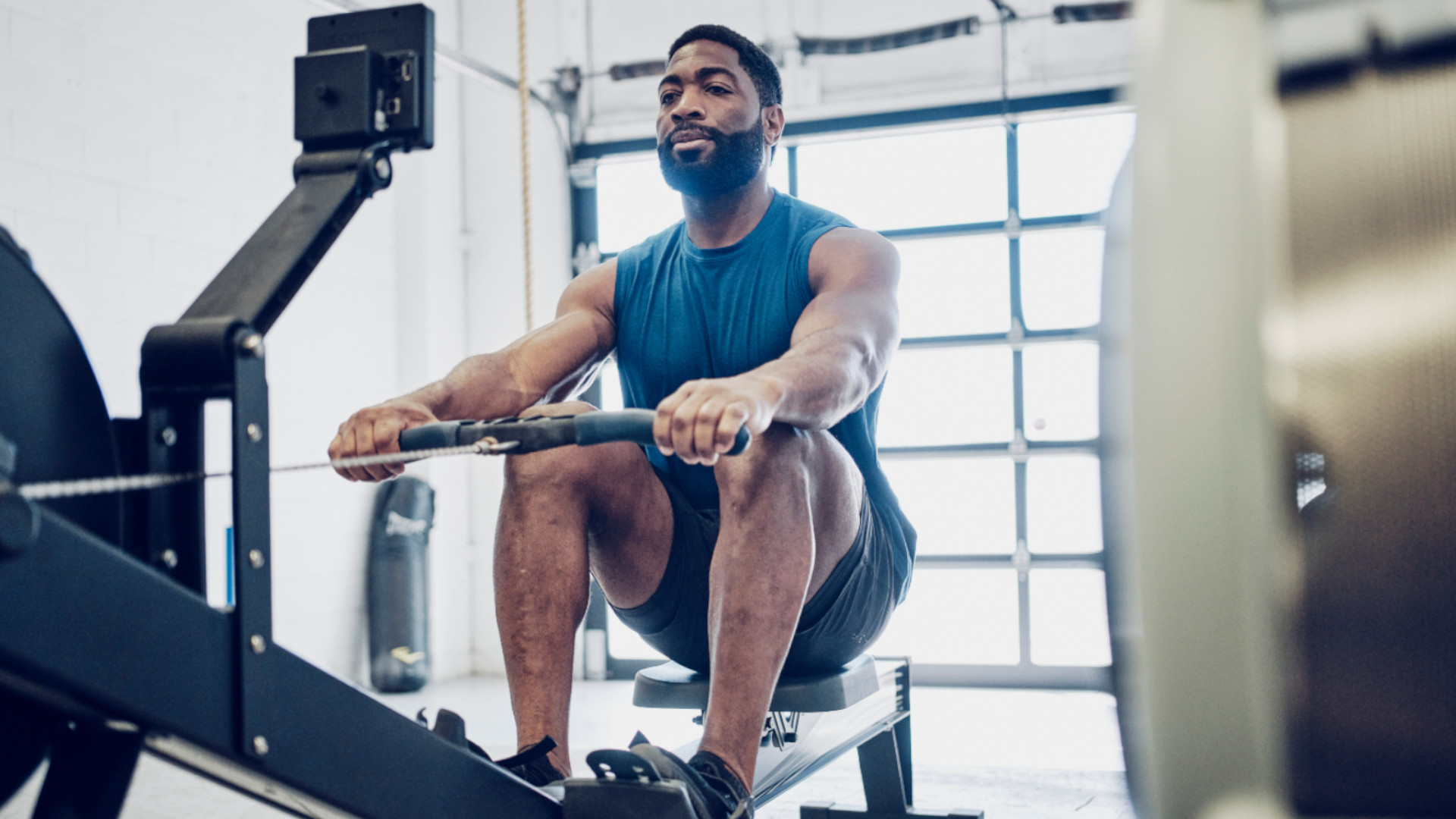
Best rowing machine 2025 for a full-body workout at home
The best rowing machines to buy today, from top brands including NordicTrack, WaterRower, Hydrow and more
By Bryony Firth-Bernard Last updated
-
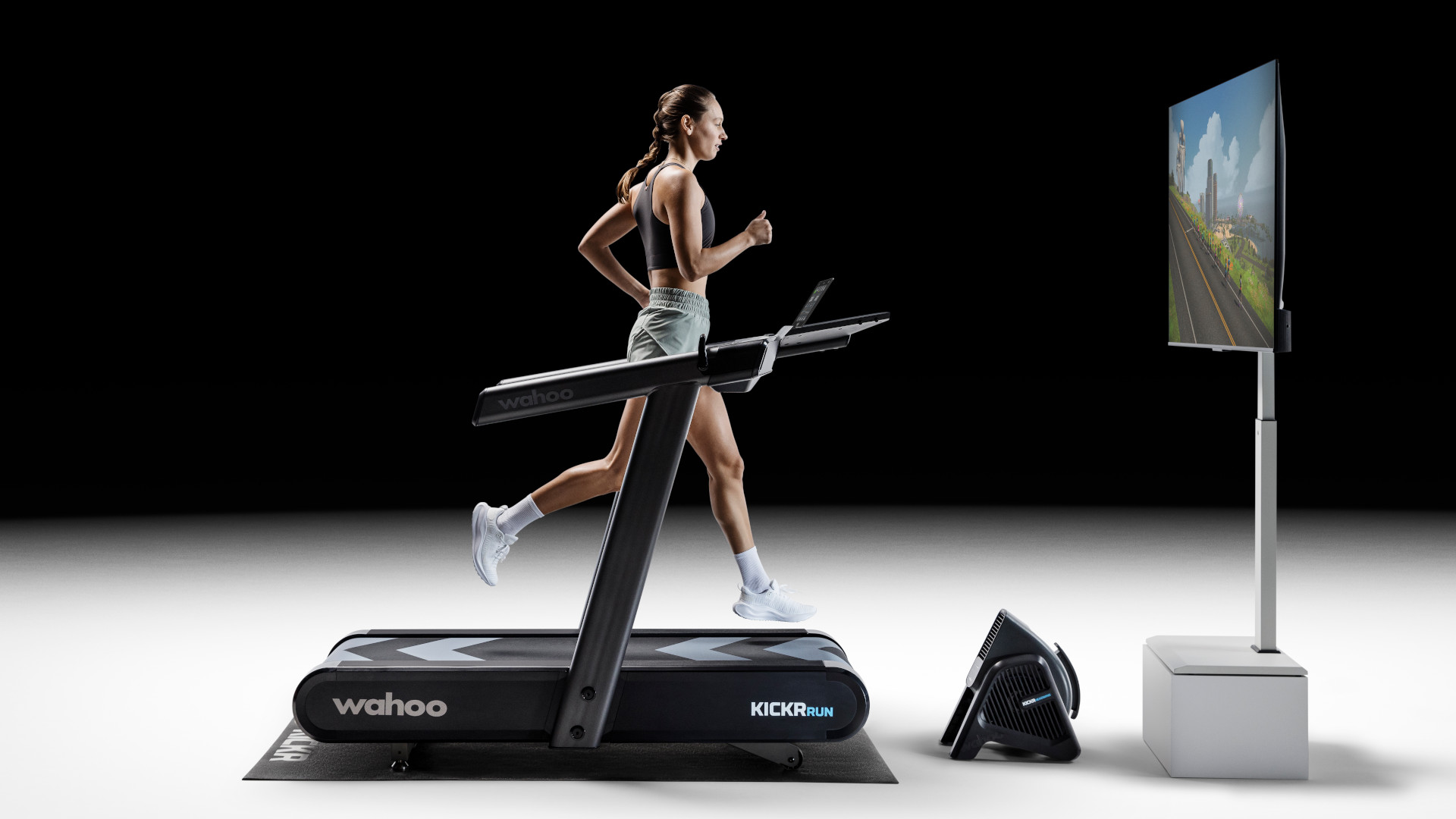
Wahoo's monster treadmill is finally available in the UK (for an eye-watering price)
And there's a brand new feature alongside its innovative 'Run Free' mode
By Bryony Firth-Bernard Published
-

11 high-end outdoor jackets that prove performance gear can be pure luxury
Plus affordable alternatives, in case you can't stretch your budget to infinity
By Matt Kollat Published
-

3 hamstring stretches every runner should be doing
If you’re a runner, these moves should be a given
By Lucy Miller Published
-
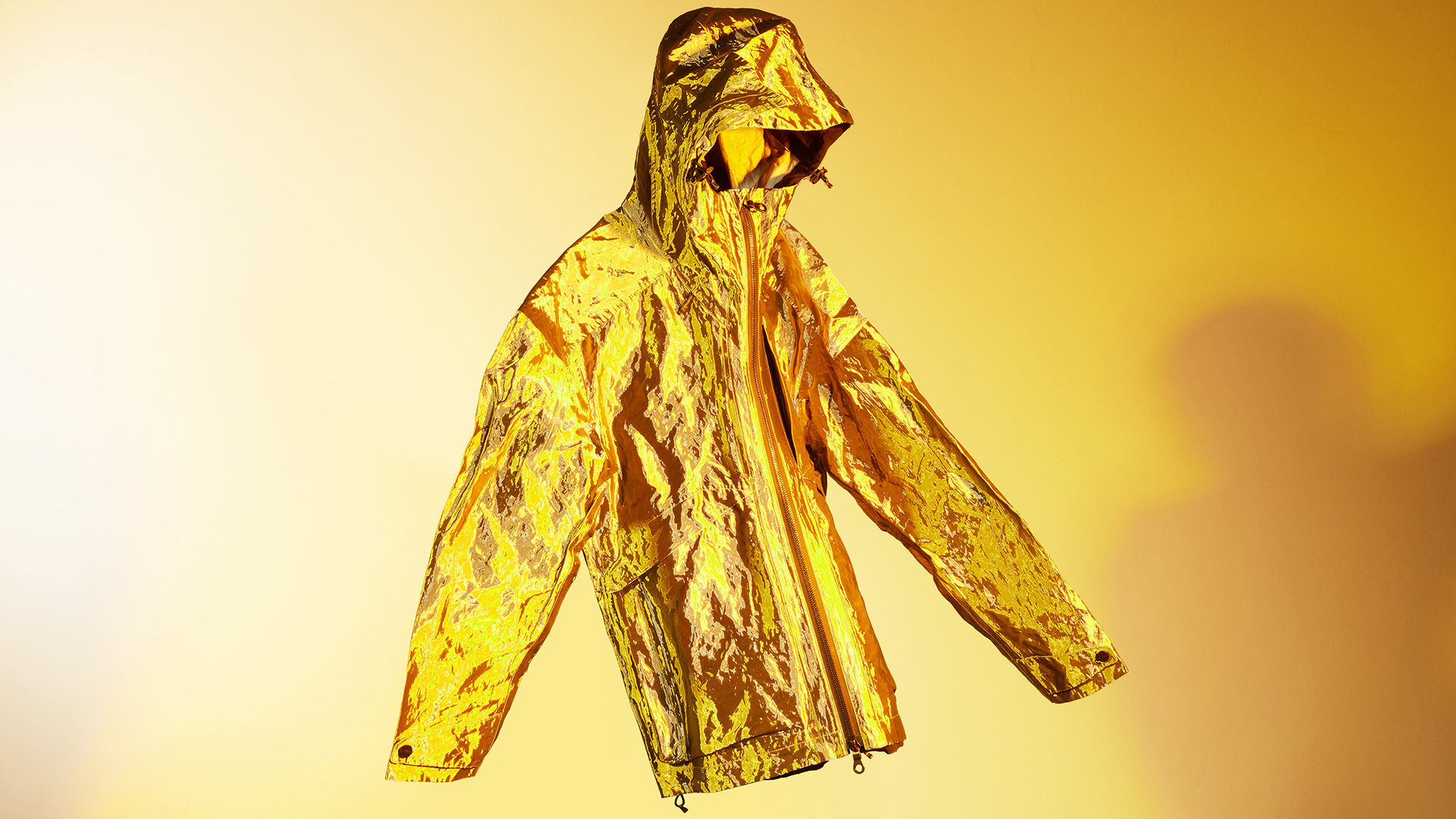
Vollebak's Full Metal Jacket Gold Edition is equal parts luxury, science fiction and bio-armour
The most luxurious survival jacket ever made? Possibly.
By Matt Kollat Published
-
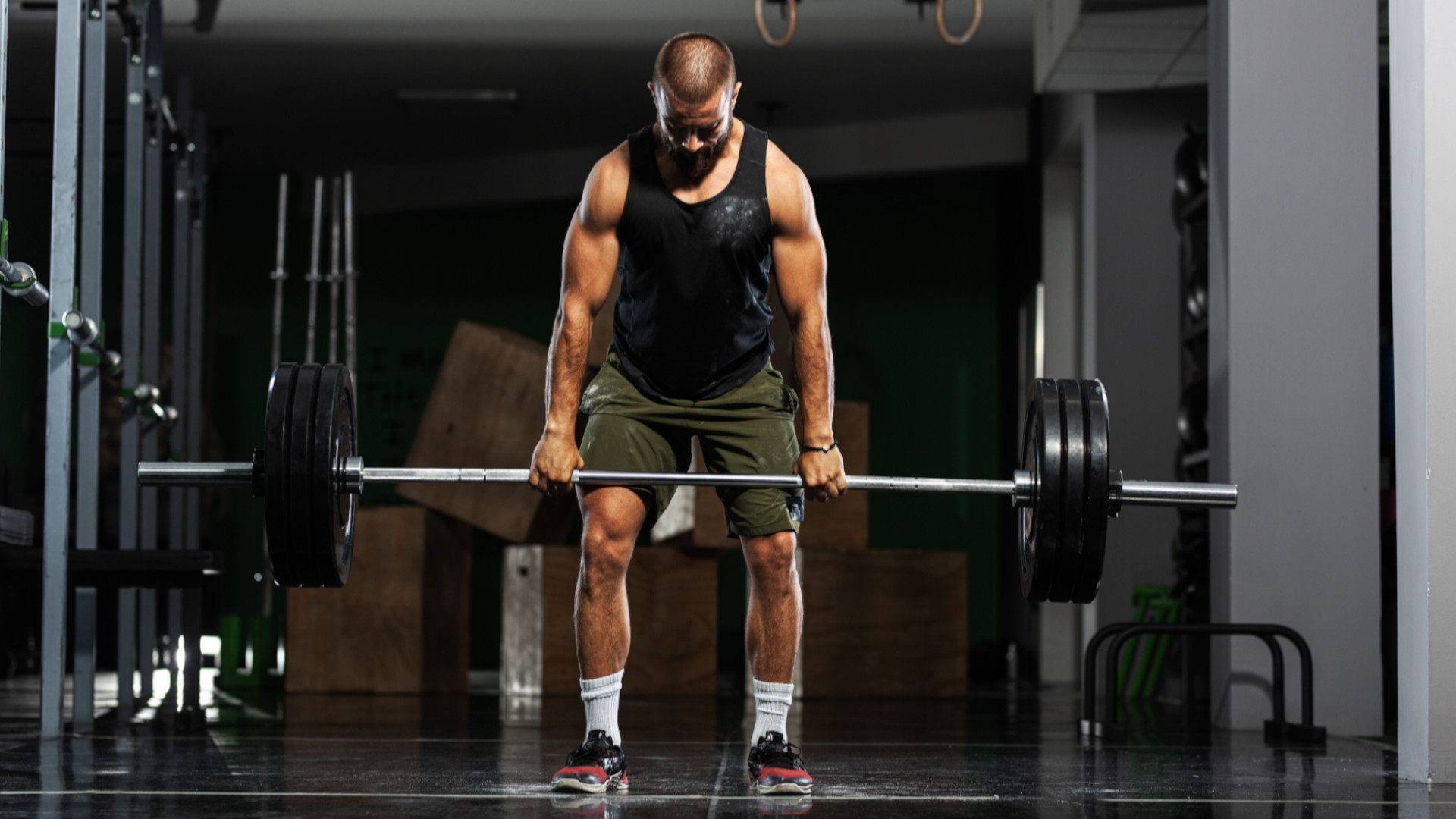
Why the 5x5 protocol is a beginner's go-to for substantial strength gains
Get super strong and build muscle
By Bryony Firth-Bernard Published
-
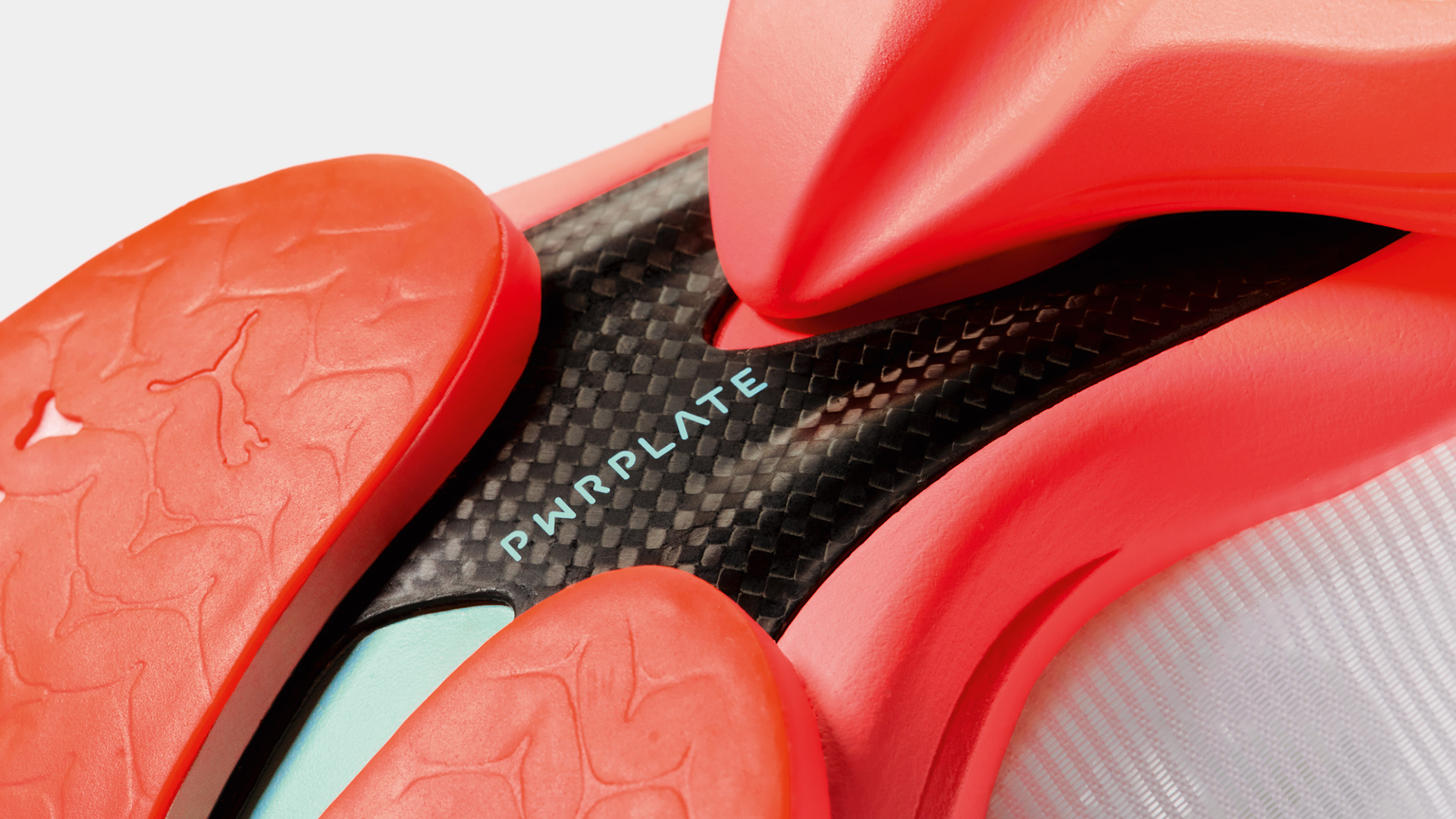
Puma’s radical new carbon racer claims to knock 4 minutes off your marathon PB
The Fast-R NITRO Elite 3 is the brand's lightest-ever super shoe, backed by SCIENCE
By Matt Kollat Published
-
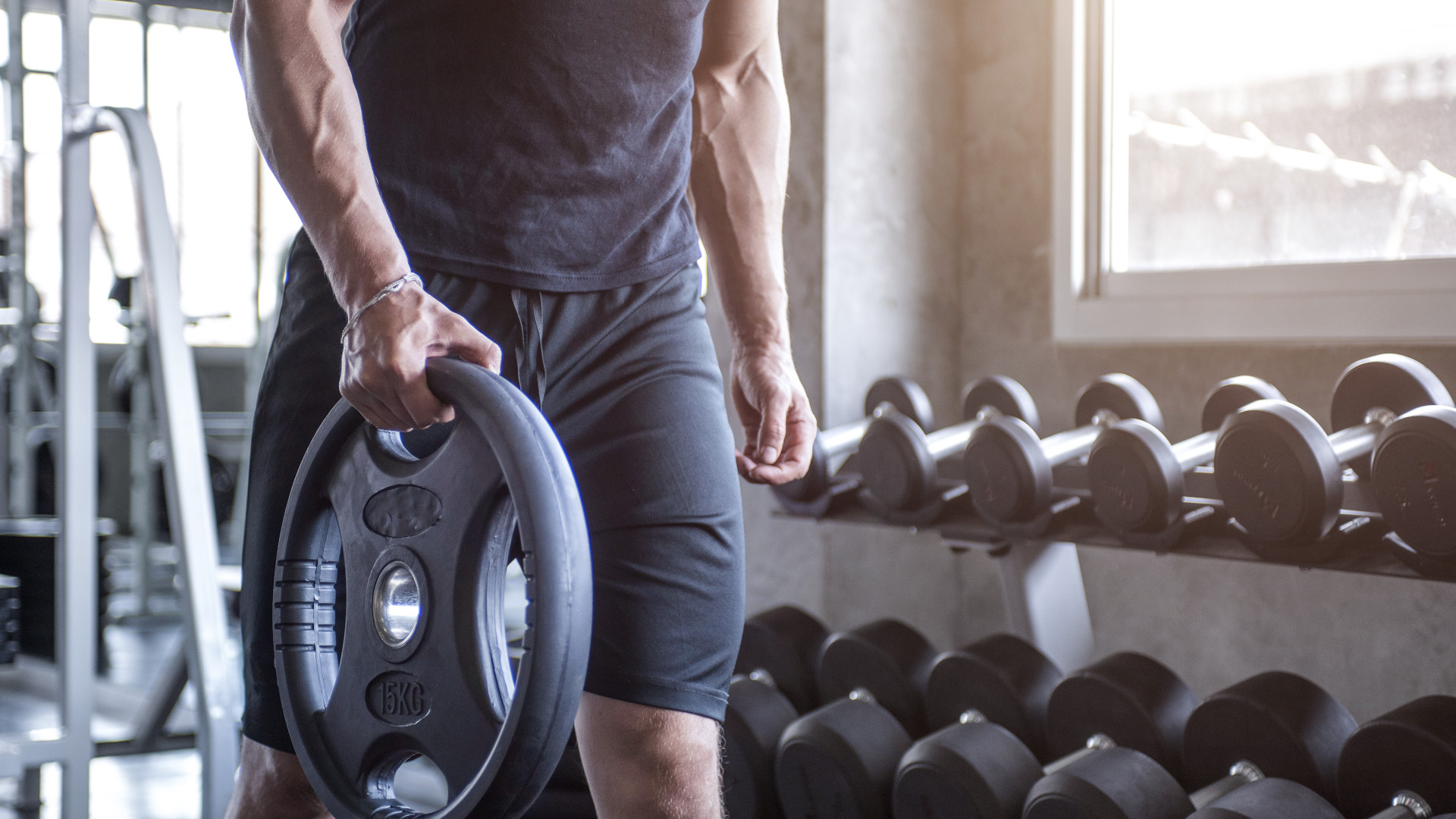
7 best exercises to boost your grip strength for bigger gains
It can also help you live longer too
By Bryony Firth-Bernard Published
